
Endocrinology
Advertisement
In a study published in the Journal of Glaucoma, researchers evaluated the incidence of ocular hypertension in patients ...
Given ongoing comorbidities and treatments in patients with Cushing disease in long-term remission, the specific impact ...
In a recent study, researchers sought to identify predictive factors for long-term outcomes after transsphenoidal ...
Following results from the SONICS trial, which showed levoketoconazole was effective in endogenous Cushing syndrome, ...
The growth of dental arches is mediated by growth hormone (GH) and insulin-like growth factor type 1 (IGF1). However, ...
Recent research observed higher levels of growth hormone (GH) receptor (GHR) transcripts in malignant melanomas (MM), ...
A study published in Diabetes & Metabolic Syndrome stated that no meta-analysis has assessed long-acting growth ...
According to a study, published in Pediatric Endocrinology, Diabetes, and Metabolism, patients with severe growth ...
In a randomized controlled trial, Christa C. van Bunderen, MD, and colleagues explored the impact of increasing and ...
Once–daily recombinant human growth hormone (GH) injectables, such as somatropin, are used to treat GH deficiency ...
A study in the European Journal of Pharmaceutical Sciences investigated the absorption, metabolism, and excretion, as ...
Current guidelines do not guide interpretation of peak growth hormone (GH) values in overweight or obese ...
A systematic review and case study of patients with isolated growth hormone deficiency (IGHD) due to mutations in GH1 ...
According to an analysis of real-world data published in Frontiers in Pediatrics by Tal Ben-Ari and colleagues, children ...
The common first-line treatment for children with growth hormone deficiency (GHD) is daily injection of somatropin ...
A study shows that consumers who avoid products containing specific endocrine disruptors can reduce the risk of cancer, ...
In this interview, Roger A. Dailey, MD, FACS, Lester T Jones Endowed Chair, oculoplastic surgeon and Chief of the Casey ...
Children who require thyroid surgery have better clinical outcomes at high-volume surgery centers, according to a study ...
A study published in JAMA found that adolescent and young adult cancer survivors had a 73% higher risk for endocrine ...
Advertisement

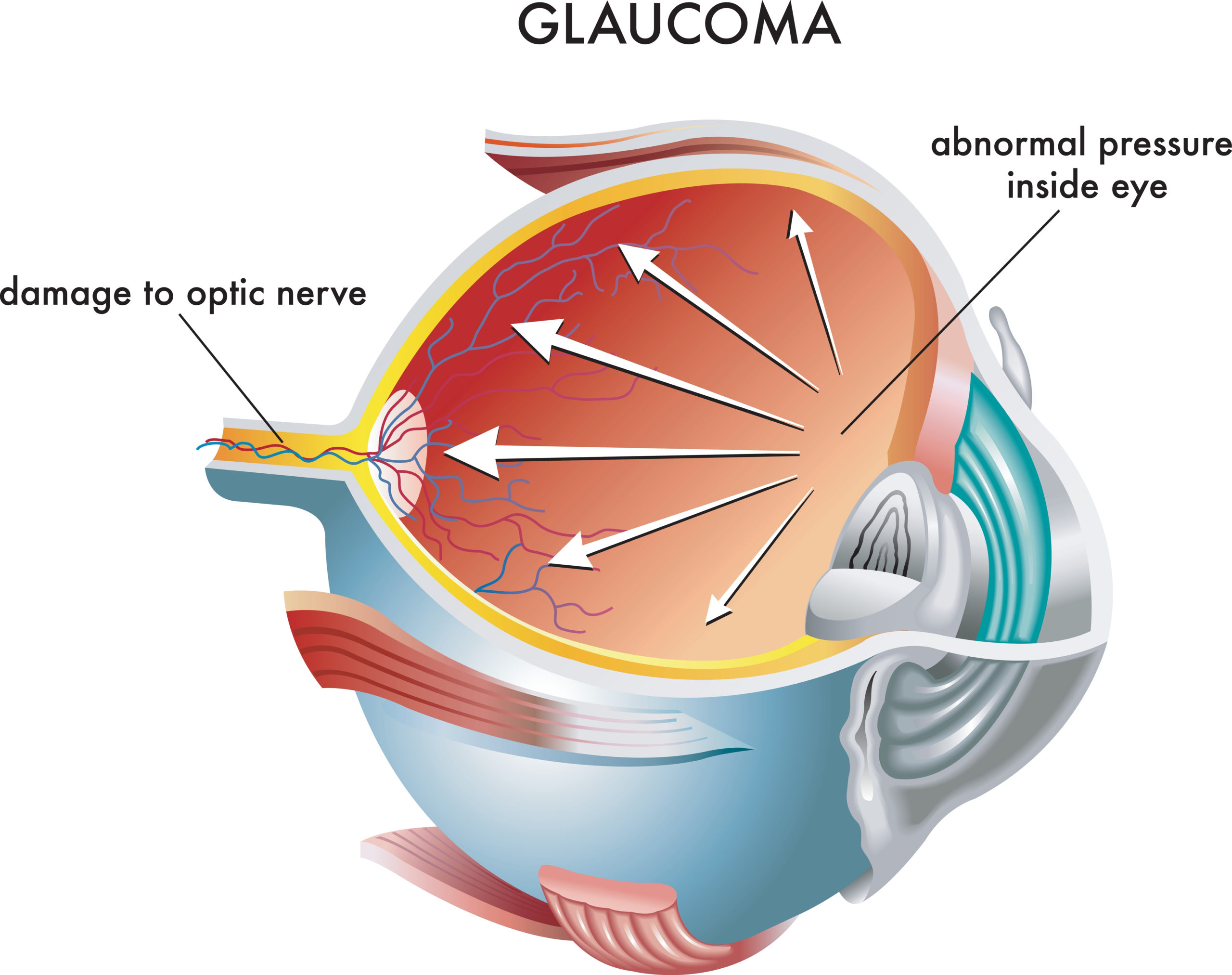
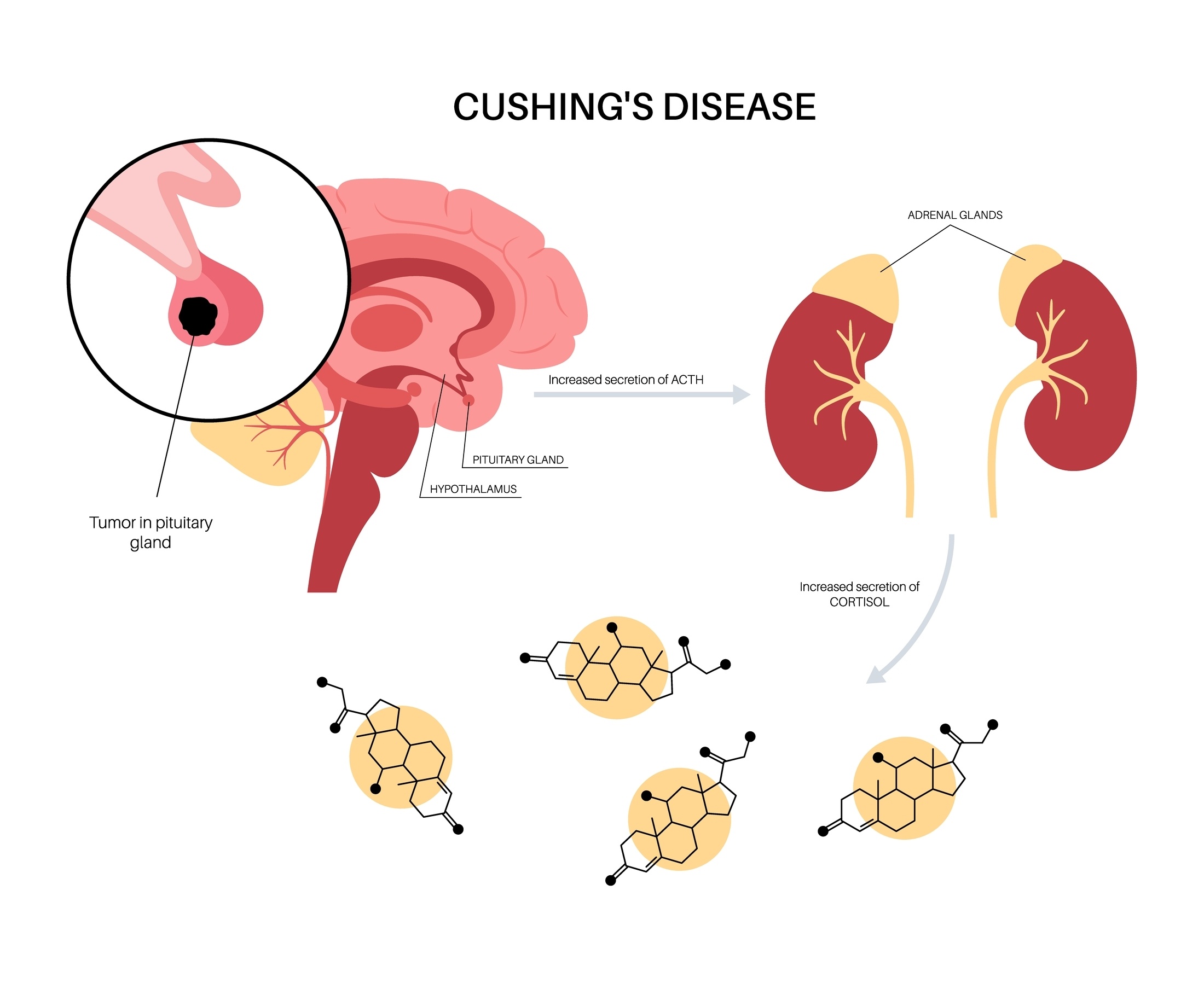
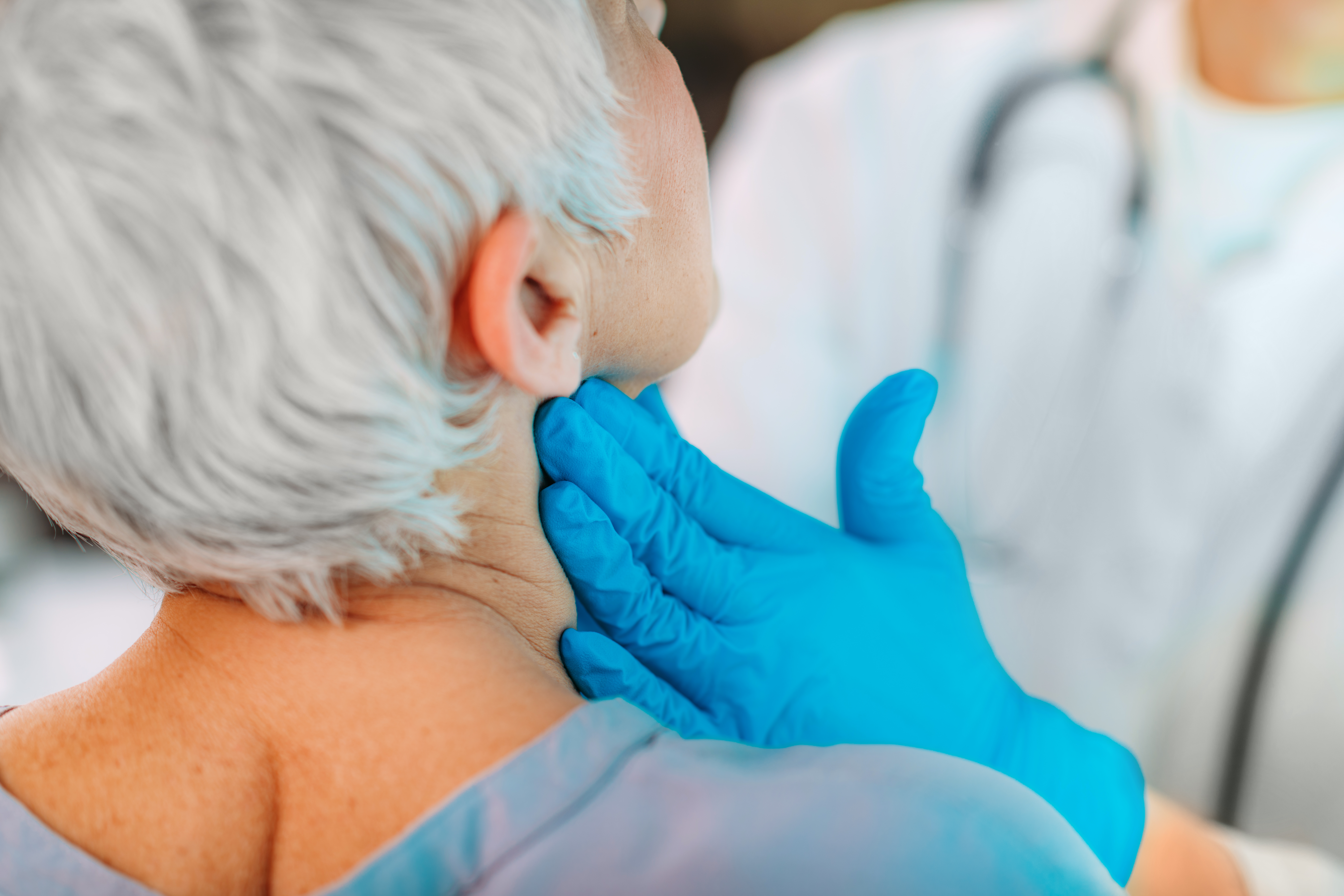
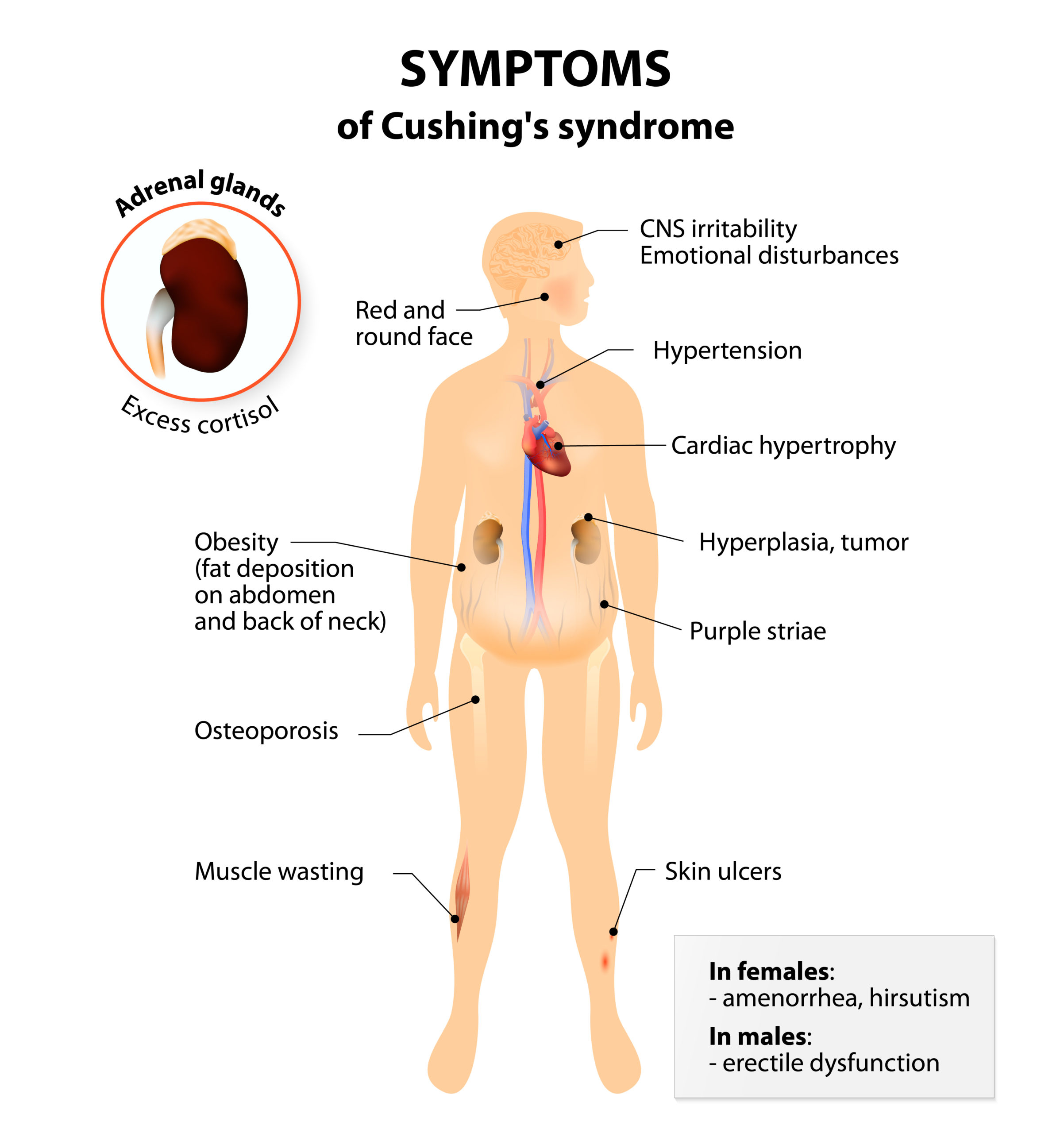








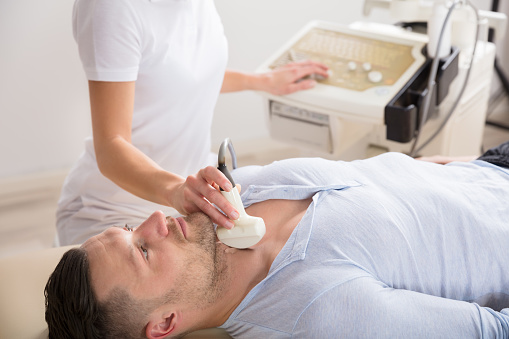

 © 2025 Mashup Media, LLC, a Formedics Property. All Rights Reserved.
© 2025 Mashup Media, LLC, a Formedics Property. All Rights Reserved.